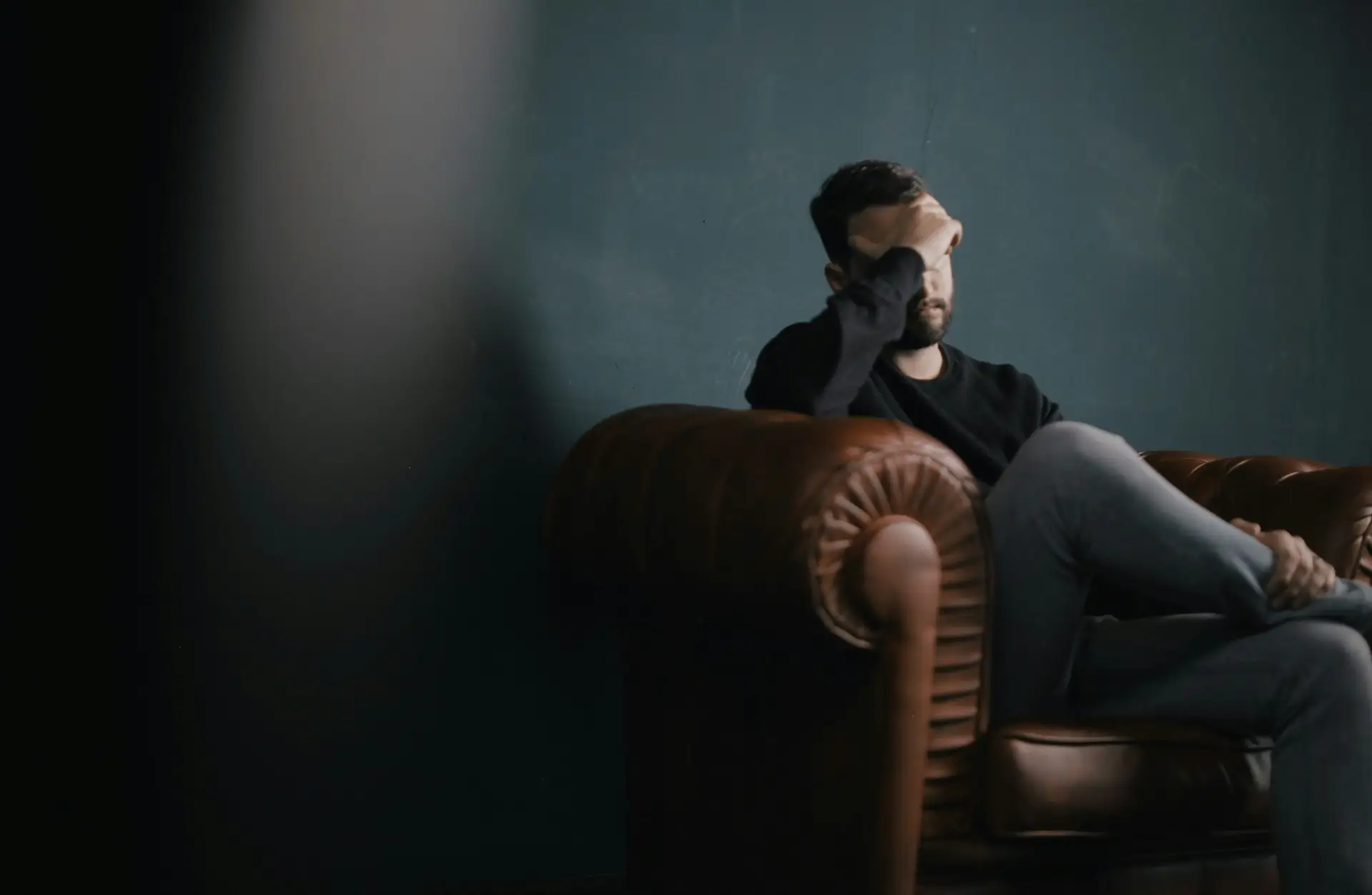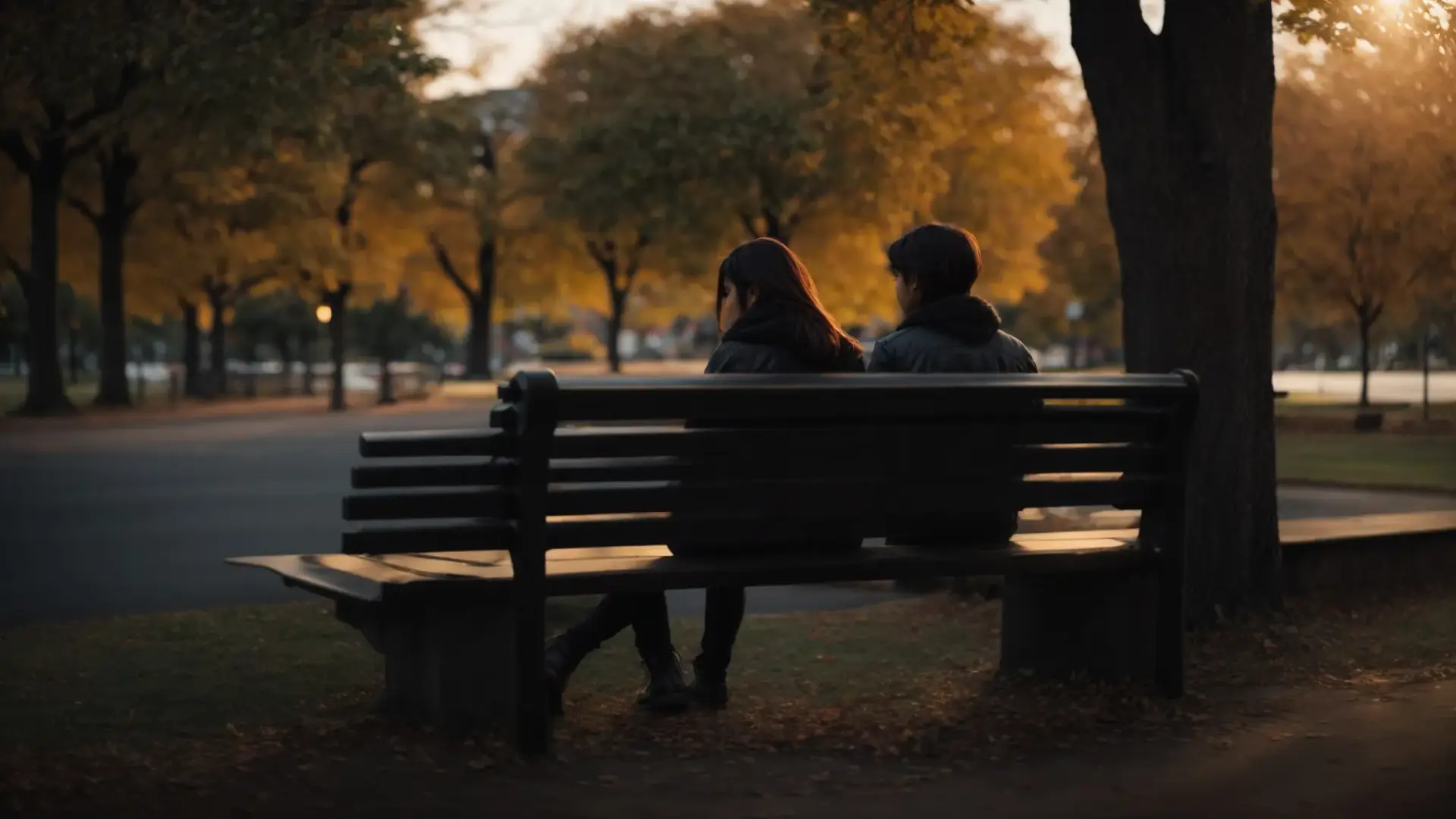Studies show that your mood and emotions are affected by the colours around you. Some psychologists in Edmonton will even explore the idea of using certain colors in art therapy exercises to try and promote a change in mood state. So whether you are playing in a therapists office with art, planning your next painting project or just picking out your outfit for the day, keep in mind the way that colours can affect your mood. Here are some common colour associations to keep in mind:
- Principle hues such as red, yellow, green, blue and purple tend to elicit more positive reactions compared to acromatic colours such as white, gray and black
- Green tends to elicits many positive emotional responses such as relaxation, calmness, happiness and comfort. This is because green is often associated with nature and trees. (Naz & Helen, 2004)
- Yellow is a lively and energetic colour. If you are feeling a bit sluggish, perhaps a yellow shirt can help! Some studies suggest that yellow stimulates your brain and promotes optimism. (sensationalcolor.com)
- Blue is often positively associated with the ocean, the beach, water and the sky so it promotes feelings of calmness and relaxation. (Naz & Helen, 2004)
- Red can evoke positive emotions if it is associated with love and romance but negative emotions if it is associated with blood or anger. Warmer hues may have more of an effect than cooler hues of red. (Albert, 2004)
- Purple tends to promote relaxation, calmness and happiness. (sensationalcolor.com, Naz & Helen, 2004)
- Be aware of yellow-green hues, as they may be associated with vomit and some studies show that they can even provoke feelings of sickness and disgust! (Naz & Helen, 2004)
- White is often viewed as a positive colour because it promotes feelings of peace and clarity. It is positively associated with the concepts of purity and cleanliness. (Naz & Helen, 2004; sensationalcolour.com)
- Although it may be slimming, black may not be a great colour choice if you are not in a great mood! Black may evoke negative emotions such as sadness and depression because it is associated with death and tragic events. (Naz & Helen, 2004)
- Grey may also be associated with negative emotions of sadness, depression, boredom and confusion because it is associated with bad weather, including cloudy or foggy days (Naz & Helen, 2004).
These can be interesting ideas to keep in mind if you want to use color to try and create a certain mood or feeling…or even if you just want to start an interesting conversation at your next dinner party! Have fun!
References:
Albert, A. (2007). Color of hue and mood: The effect of variation of red hues on positive and negative mood states. College of Saint Elizabeth Journal of the Behavioural Sciences, 1, 19-26.
Naz, K. & Helen, H.E. (2004). Relationship between color and emotion: A study of college students. College Student Journal, 38 (3), 396-405.
Here is a handy chart for reference to some of these associations:
http://www.pinfographics.org/ig/a-color-guide-for-designers/



